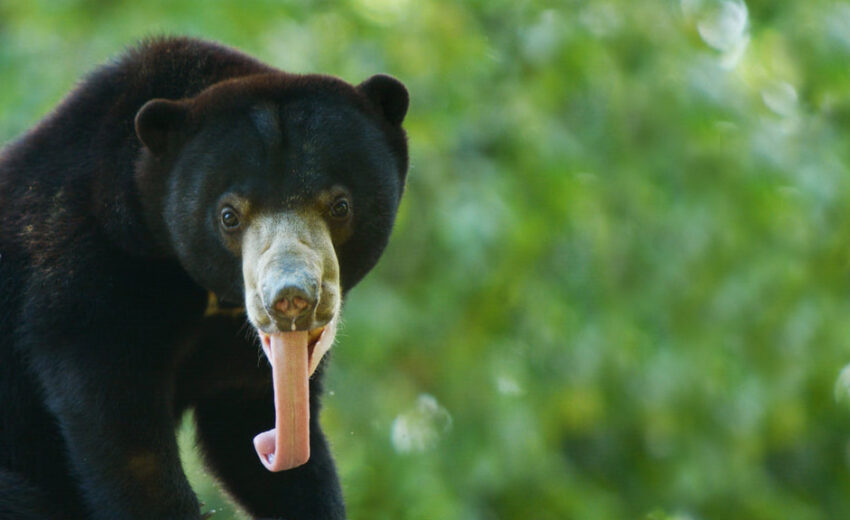The sun bear, aka honey bear, basindo nan tenggil, or beruang madu, is the smallest recognized bear in the world, with the longest tongue. Their crescent shaped chest marking is
- Zoology
- Daily Critter Facts
- For Teachers
- Study Guides
- Diseases & Parasites
- Contact

